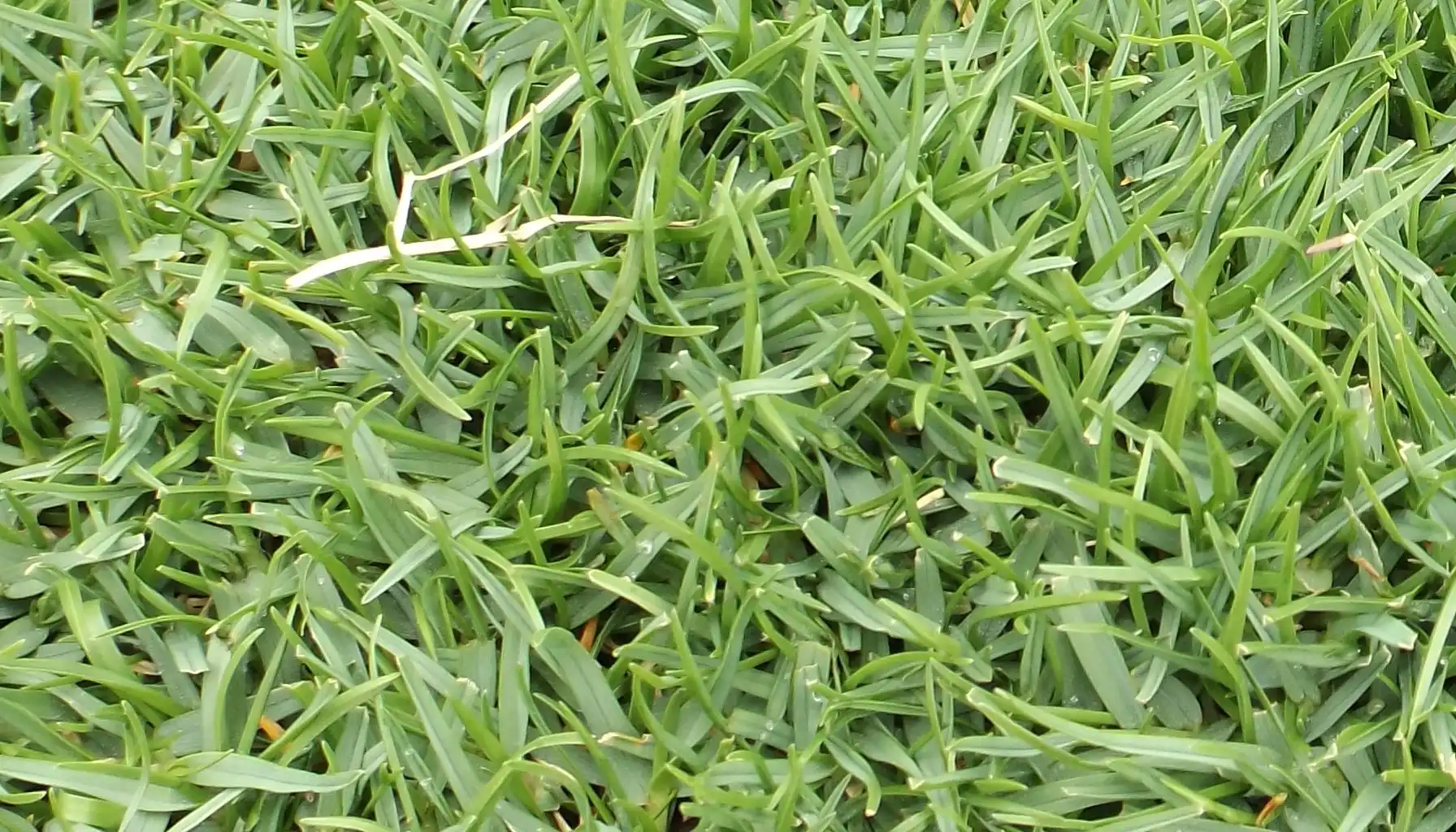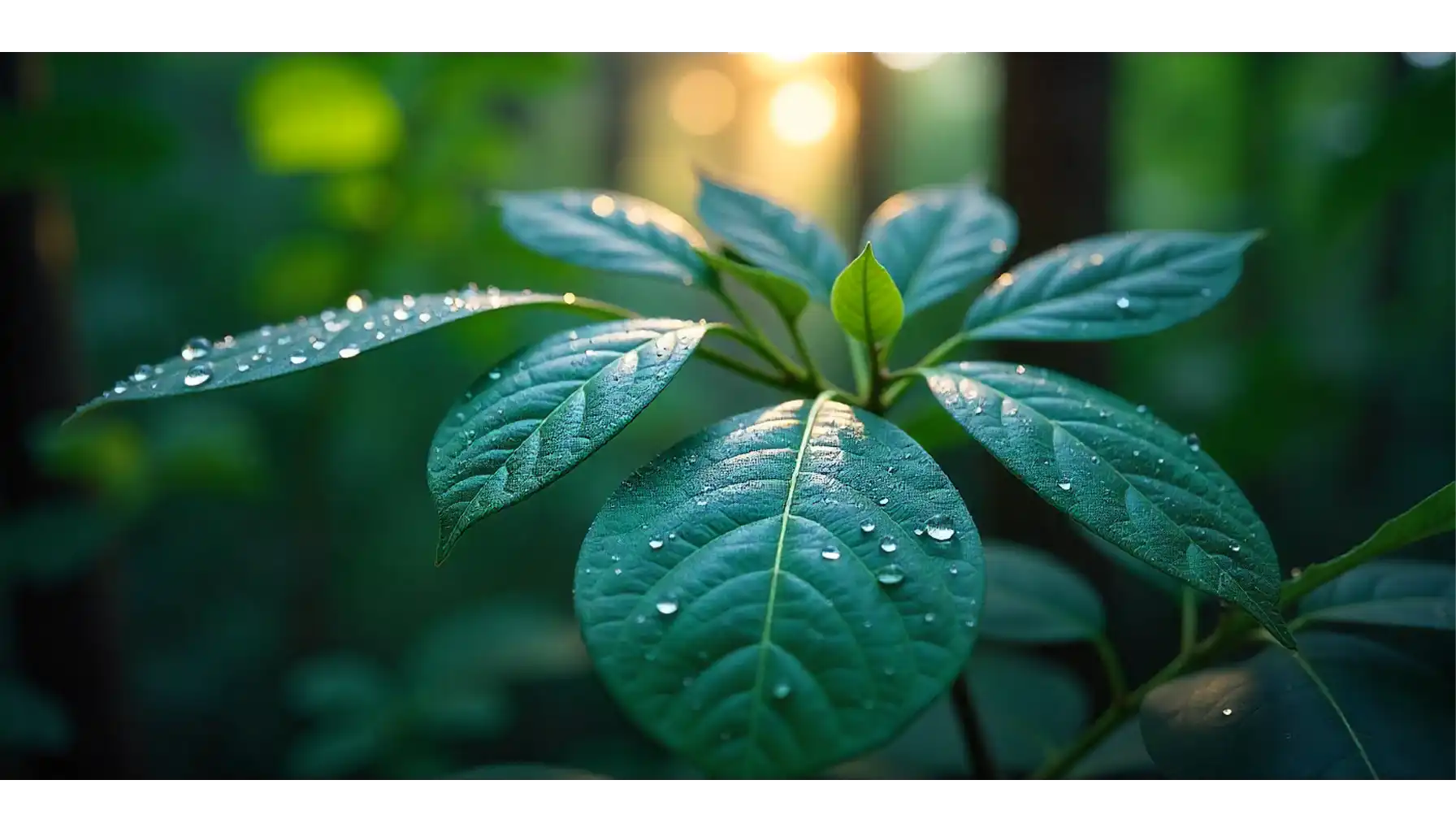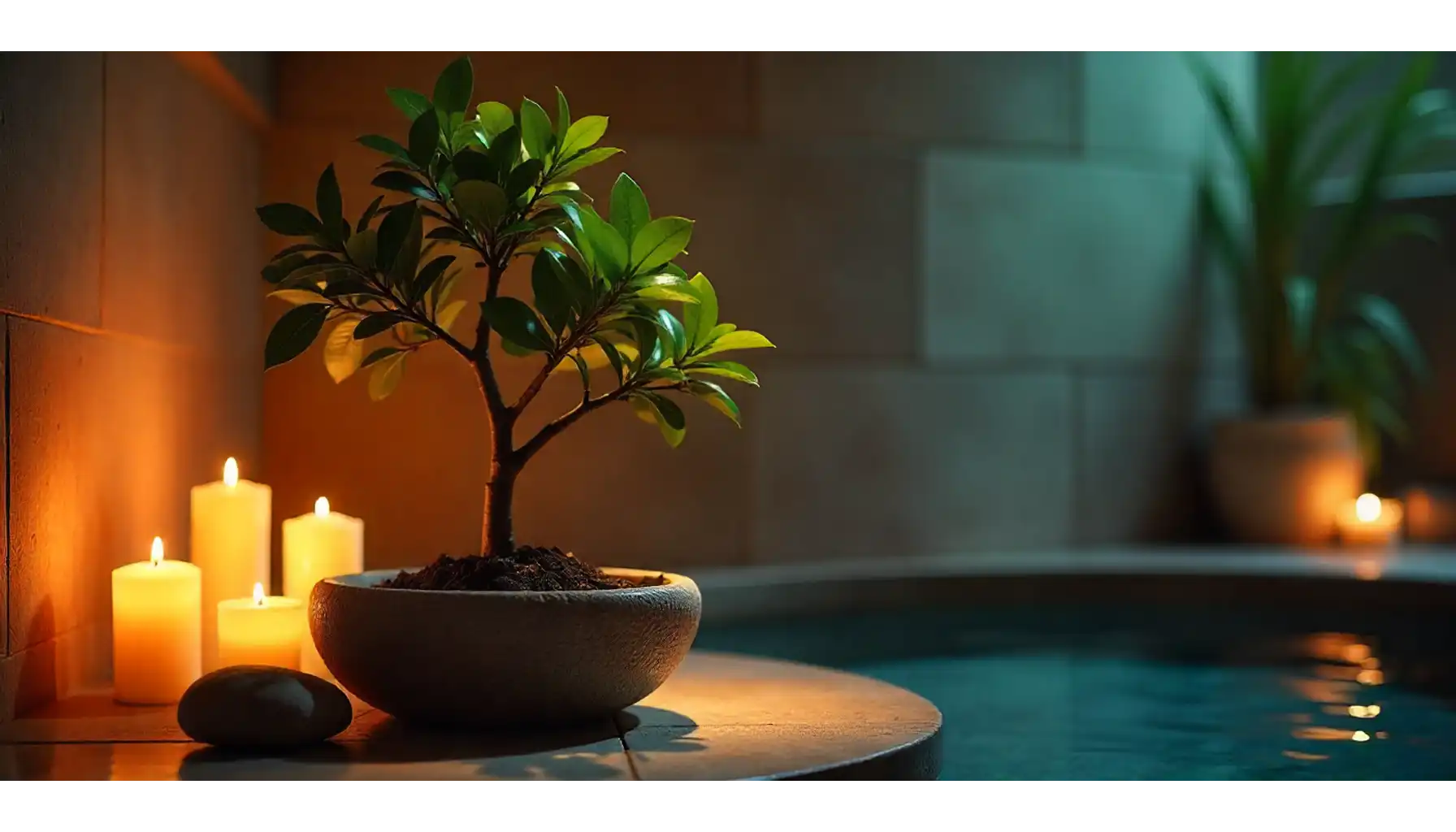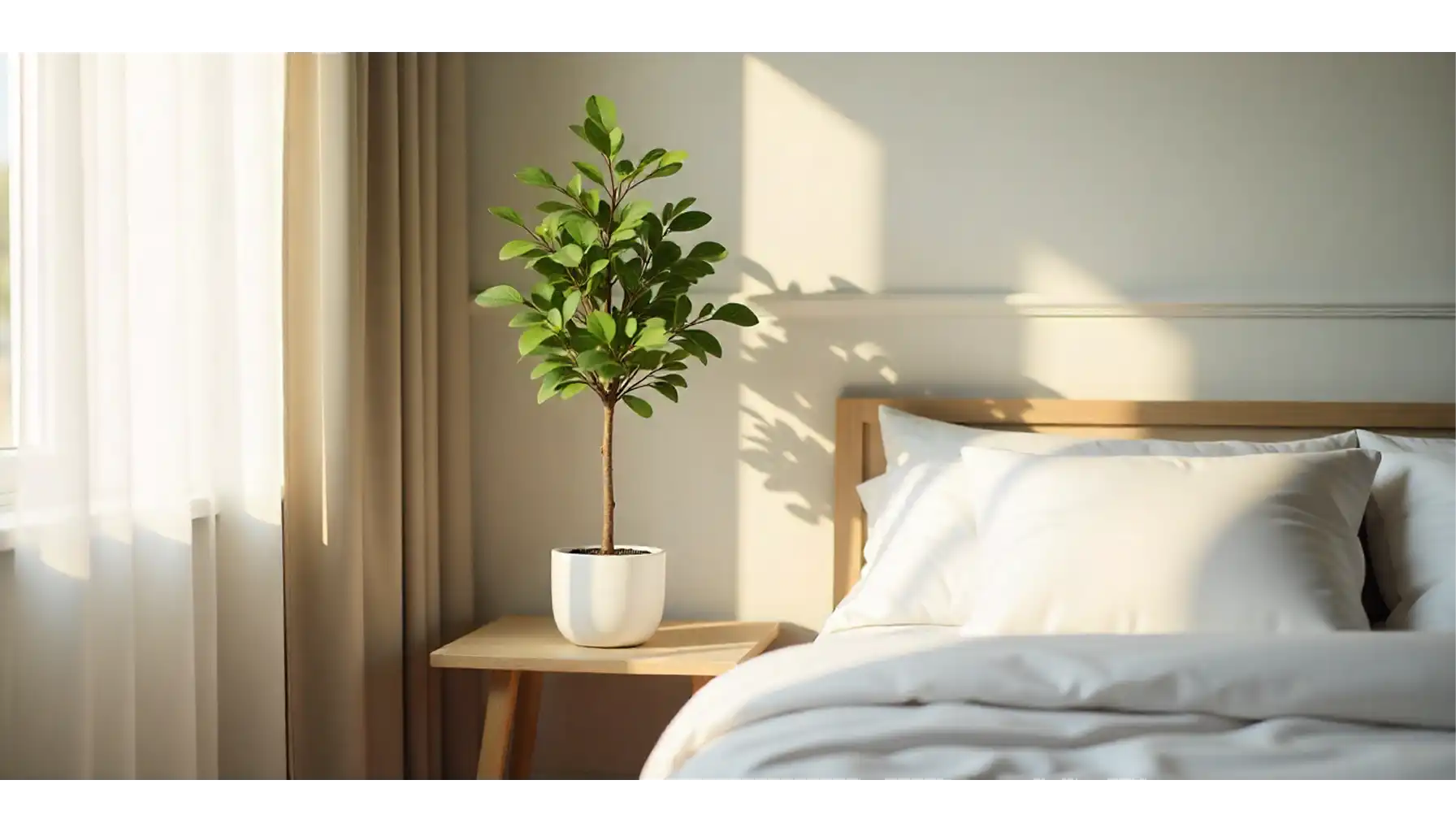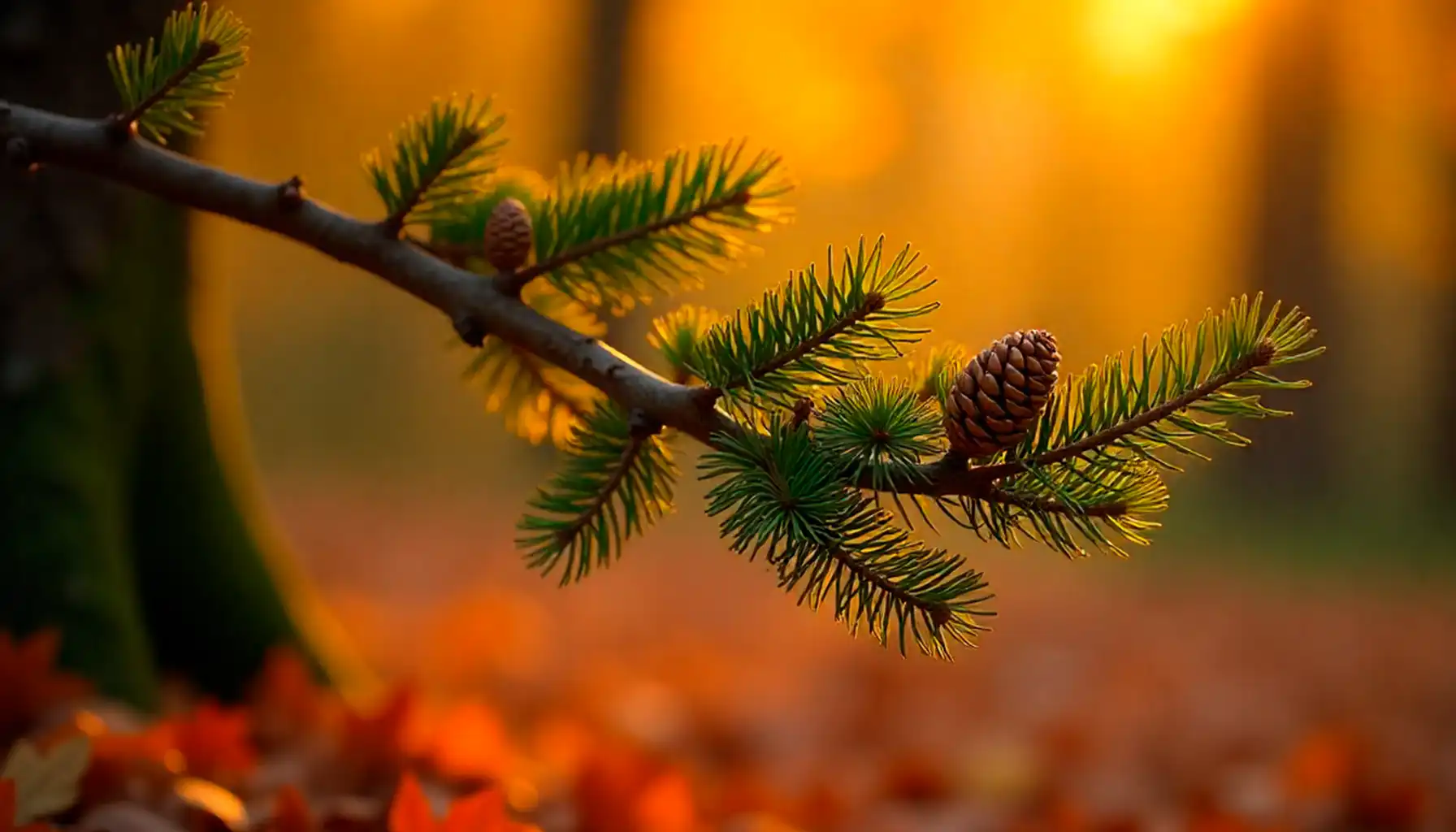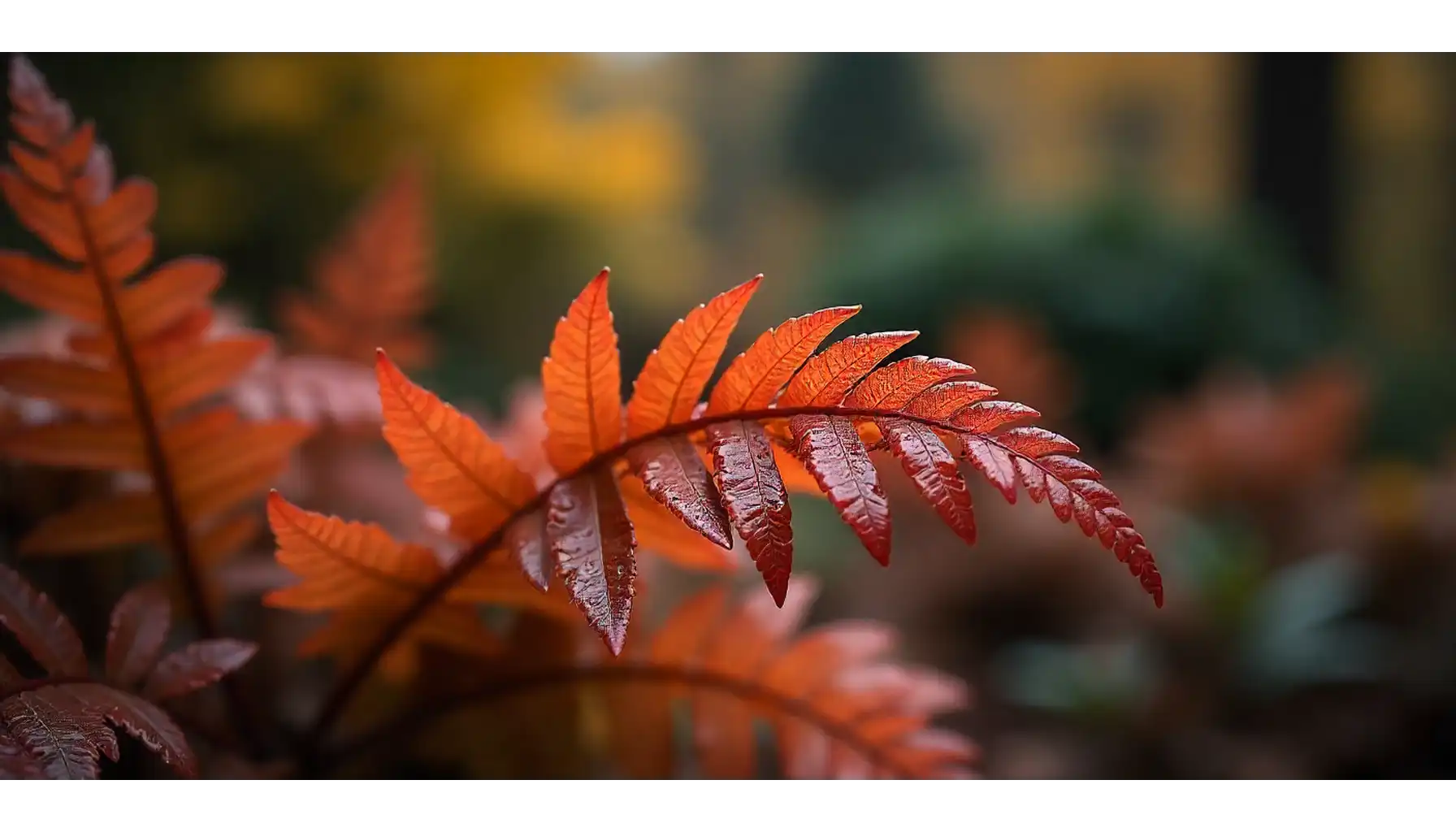The Autograph Tree Clusia rosea is a versatile tropical plant valued for its adaptability both indoors and outdoors. With its thick, leathery leaves, unique flowers, and ornamental seed pods, the plant makes a striking addition to any home or landscape. To determine with certainty whether a plant is suitable for home cultivation, use a plant recognition app.
Autograph Three Identification
The Clusia rosea (Autograph Tree) was first discovered in 1934. The plant reaches 25-30 feet tall and 15-25 feet wide. The name comes from the way its glossy green leaves can be “written on” with a fingernail, leaving visible marks like an autograph. Geographers place it in the Caribbean, including the Greater Antilles and Florida.
Clusia Rosea poses a significant threat in Sri Lanka, Hawaii, and other tropical regions as an invasive species. It starts growing on rocks or trees as a hemiepiphyte. Then, it spreads like a strangler fig. It quickly wraps around and harms its host plants with strong aerial roots.
Birds eat its fruits and spread its seeds, which helps the plant grow quickly in many different places, from coastal areas to upland forests.
Plant Varieties
Variety | Size | Features | Uses |
The Variegated Autograph Tree | 20-30 feet | Rare variety; striking green leaves splashed with creamy white or yellow | Especially prized as an Autograph Tree indoor specimen, bringing color and structure to modern interiors |
Clusia Guttifera (Small-Leaf or Dwarf Clusia) | 6-10 feet | Small and glossy leaf size typically leaves measuring 2-3 inches long; dense, bushy form with a spreading habit | Ideal for containers, rock gardens, and small landscaping |
Clusia Lanceolata | 15-25 feet | Distinctive narrow, pointed leaves that set it apart from the typical oval-shaped Clusia Rosea Autograph Tree leaves; produces clusters of white, star-shaped flowers | Supports local wildlife and pollinators |
Clusia Rosea “Princess” | 6-12 feet | Is a smaller-leaved variety; attractive variegated foliage with cream or yellow margins | Well-suited for growing as a houseplant |
Indoor & Outdoor Growth
Autograph Tree Indoor
When kept as an Autograph Tree houseplant, it thrives in bright, indirect light and needs minimal watering thanks to its drought tolerance. Proper Autograph Tree care involves well-draining soil, moderate humidity, and avoiding overwatering. It thrives best within a temperature range of 60–85°F.
Additionally, it has a strong preference for high humidity levels. For container-grown plants, positioning them near a humidifier can help maintain the ideal moisture conditions. Successful Autograph Tree propagation can be achieved through leaf or stem cuttings, allowing gardeners to easily grow new plants at home.
The Autograph Tree plant does well as a houseplant. It needs bright, indirect light and little water.
Let the top layer of soil dry out between waterings. This helps prevent root rot. It grows best in well-draining soil with moderate humidity.
Regular leaf cleaning promotes healthy growth, and occasional fertilization during spring and summer supports vibrant foliage. Pruning helps maintain shape, remove yellowing or damaged leaves, and encourages bushier growth; stem or leaf cuttings can also be used for propagation.
Autograph Tree Outdoor
The plant is suitable for outdoor cultivation exclusively in tropical climates, since it cannot withstand temperatures lower than 50°F. In tropical or subtropical regions, a full grown Autograph Tree becomes a small landscape tree with spreading branches and thick foliage.
Watering is important during the early growth of the tree. After that, the tree can handle dry conditions. It only needs water during long dry spells. Pruning helps air flow. You can do light pruning at any time. However, save heavy pruning for the dry season.
Care Tips
Sun | Full, partial |
Partial Shade | Tolerates some shade but may grow slower |
Soil | Acidic, alkaline, neutral, well-drained |
Zone | 10-11 |
Bloom time | Summer |
Temperature | 60-85°F |
Watering | Regular; keep soil consistently moist |
Humidity | Prefers high humidity levels |
Drying Period | Allow top inch of soil to dry between waterings |
Avoid | Waterlogging to prevent root rot |
Drainage | Add organic matter for better drainage |
Fertilization: Spring-Summer | Fertilize every 4-6 weeks |
Fertilization: Winter | Reduce feeding to once a month |
Shape Control | Prune to maintain desired size and shape |
Shape Control Time | Best done in early spring |
Shape Control Technique | Remove dead or overgrown branches |
Regular Care: Wipe Leaves | Dust leaves gently with damp cloth |
Regular Care: Health | Regularly inspect for pests and diseases |
Repotting | Every 2-3 years for container plants |
Diseases | Root rot from overwatering |
Prevention | Maintain proper watering and ventilation |
Pests | Watch for mealybugs, scale, and aphids |
Pot Size | Choose slightly larger than root ball |
Support | Provide stakes if needed for stability |
Outdoor Protection | Shield from strong winds |
Mulching | Apply organic mulch to retain moisture |
Seed Pods, Flowers and Fruit
Following flowering, the tree may produce long, slender seed pods that turn brown as they mature, containing numerous small seeds. These ornamental pods attract birds and other wildlife, making the tree a natural habitat feature in gardens. People can collect seeds for propagation. Outdoor trees tend to produce pods more consistently, while indoor specimens may bloom and fruit less frequently.
During the warm months, the tree produces large, pale pink to white blossoms. Its flowers provide nectar for pollinators like bees and butterflies during the blooming season.
No, people do not consider the fruit of the Autograph Tree edible. It produces green, apple-like fruits that split open to reveal bright red seeds. Cultivating edible plants requires thorough research and careful preparation.
Ecological Impact
Negative Ecological Impact
Problem | Description |
Forest Threaten | Forests on hillsides are in danger, especially near the Hantana Mountain range and Hawaii. Such an invasive problem disrupts lowland areas. |
Resilience to harsh conditions | Heavy rains and short-term droughts are not terrible for this plant. Its spread leads to a loss of biodiversity and changes the structure of the natural habitat. This is especially dangerous for the local ecosystem and the species living in it. |
Proliferation | The plant can grow in an unexpected place, both on the roof and on the drainpipe. It also germinates roots in a foreign plant, and once rooted there, it destroys the host plant. |
Positive Ecological Impact
Like many flowering plants, including Monarda, Lavender, and Angelica — the Autograph Tree produces flowers that typically form in clusters along its stems, supporting local pollinator populations. If you’re looking to start your indoor jungle, check online for an Autograph Tree for sale from reputable plant sellers.
The tree’s seed pods serve as a food source for birds and other wildlife, further enhancing biodiversity. Moreover, its ability to thrive in challenging conditions, including coastal environments, makes it an effective species for ecological restoration projects in disturbed areas.
Related AI Plant Finder Posts
